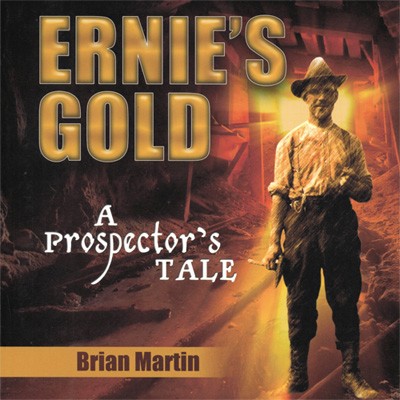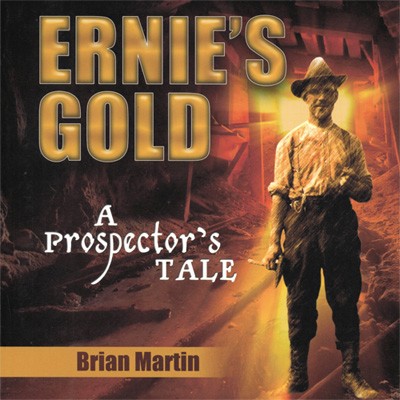For an autographed copy of Ernie’s Gold, please contact the author at: chipmartin@sympatico.ca.
Great Christmas Gift: $20.00 plus shipping!
In the early 1900s, young Ernie Martin immigrated from Staffordshire, England, to Canada to seek his fortune. He finally ended up in Kirkland Lake, where gold was to be found if you were willing to work at it. Ernie was. And so was Harry Oakes. The two of them became prospecting partners. Ernie and Harry worked hard and non-stop to find a vein of gold so they could start a mine.
When it finally happened, the mine grew into a huge money-maker for the two of them. Ernie’s first wife, Mary, also was a prospector, and in fact ended up financially far better off than Ernie. Why was that? How is it that multi-millionaire Ernie Martin arrived at the end of his life virtually a pauper? This is a book full of surprises and answers — and a few questions.
Excerpt from Ernie’s Gold: A Prospector’s Tale:
Meanwhile, in Kirkland Lake, the town had reached a population of 13,000 and was weathering the Depression better than most communities. Job-seekers streamed in looking for work, but only a few were successful. Many moved on and only a few stayed behind. Relief rolls began to grow but remained comparatively small. At a time when one in ten workers was on relief in the depth of the Depression, only 205 families were on the dole in Kirkland Lake.



























